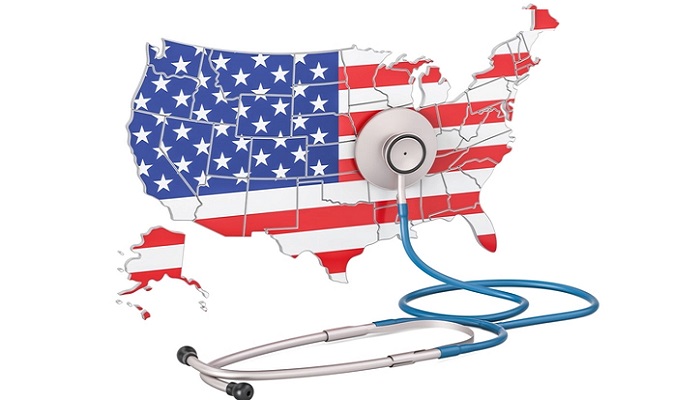It is worth noting that the health spending growth began to normalize in 2022 after the volatility it had witnessed during the COVID-19 pandemic, wherein the spending spiked as the federal government went on to funnel funds so as to combat the pandemic.
Apparently, U.S. healthcare spending touched $4.5 trillion in 2022, which happened to be an all-time high, as per the new CMS data. While 2022’s spending progress of 4.1% happened to be faster than the 3.2% spending growth that was seen in 2021, it was notably slower than the rate of 10.6% in 2020.
Interestingly, robust growth in Medicaid as well as private insurance spending in 2022 was offset by reduced federal spending as the pandemic subsided, opined the researchers. But it should also be considered that federal spending on public health has gone on to remain a tad elevated above the pre-pandemic levels.
The CMS first came up with the topline health spending data for last year in June, but the December 13 overall split goes on to show just how massively the pandemic created havoc for U.S. healthcare spending in the last 4 years.
In 2022, healthcare spending saw growth more slowly as compared to the general economy since overall prices surged to a 40-year high.
Throughout 2022, the U.S. gross domestic product rose 9.1%, because of which healthcare spending’s pie of the economy dipped to 17.3%, which happened to be lower than 18.2%, which was seen in 2021, or 19.5% witnessed in 2020, which happened to be the highest share in history.
The fact remains that hospital care continued to remain the largest expenditure in healthcare and represented almost 30% of the overall spending. 23% of all spending happened to be spent on other services such as dental, home health, as well as durable medical equipment; 20% of spending was on physicians along with clinical care; while 9% was on prescription drugs.
It is well to be noted that in 2022, spending grew at a slower rate for hospital care as well as physician and clinical services vis-à-vis 2021, but prescription drug spending grew faster.
The decelerated growth rate of the hospitals goes on to reflect the slowing payer spend, apart from the lower utilization, which gets measured by inpatient days as well as discharges, said the CMS actuaries.
In the case of the tax payer breakdown, Medicare spending and private health insurance spending happened to be both up around 6% to $944.3 billion and $1.3 trillion, respectively. Interestingly, Medicaid spending saw a jump of 9.6% and reached $805.7 billion.
According to Anne Martin, one of the CMS economists, among all the major payers, spending growth saw a slowdown. This has been because of slower progress in utilization coming off the rebound of rising service use, which took place in 2021.
This goes on to include a lesser demand when it comes to elective surgeries after some care got delayed during the early days of the pandemic, which was then completed in 2021.
The CMS anticipates health spending growth to once again outdo the overall growth in the economy in the coming decade. It is assumed that Medicare spending should surge the fastest because of an expected rise when it comes to hospital volume along with intensity growth and also a rise in enrolees as more baby boomers go on to age within the health insurance program of the government.


















